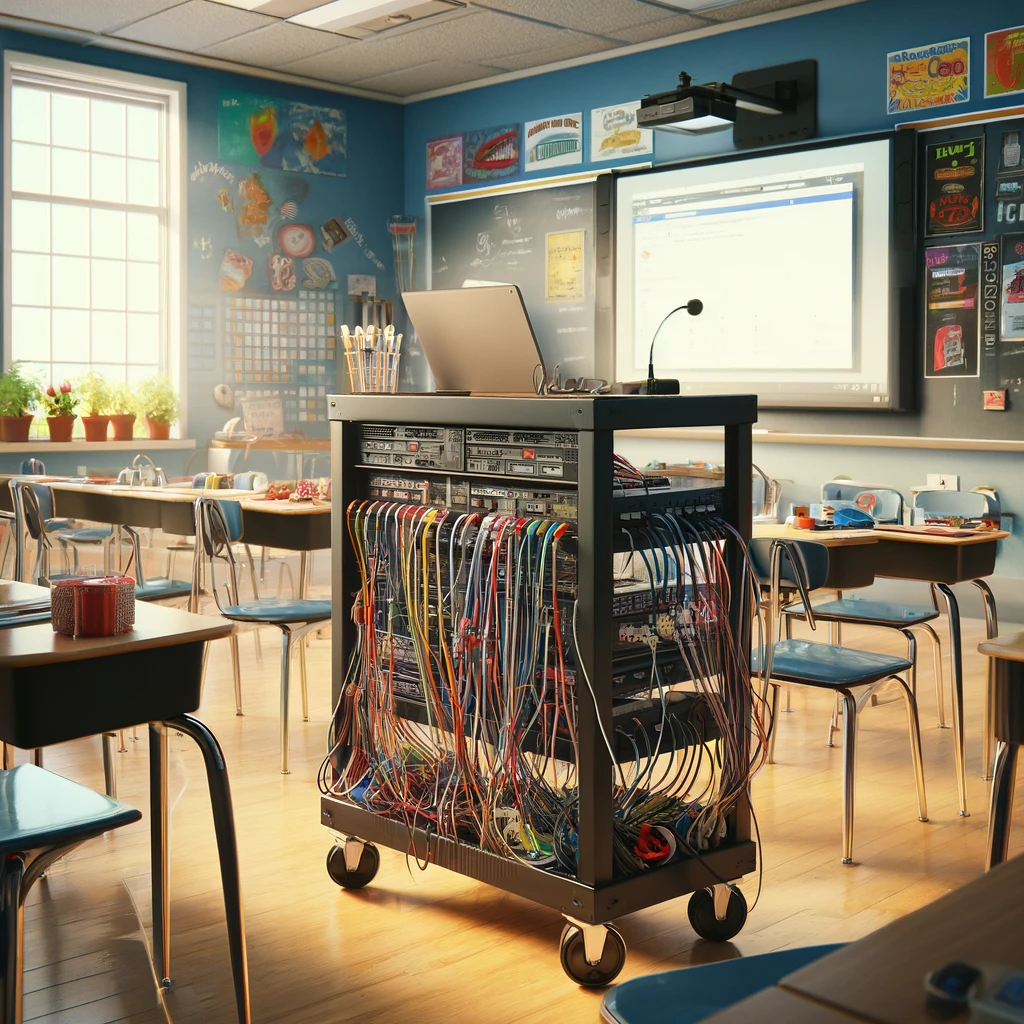In school settings, maintaining an organized and efficient classroom is paramount for smooth operations. Cable ties for classroom organization play a crucial role in achieving this goal, offering versatile solutions for equipment management and organization. From securing cables and wires to bundling classroom supplies, cable ties are indispensable tools that help educators create conducive learning environments.
Cable ties, also known as zip ties or wire ties, are widely employed in classrooms to manage and organize various equipment and materials. Their flexibility, durability, and ease of use make them ideal for a range of applications, contributing to enhanced efficiency and productivity in educational settings.
As educators strive to create dynamic and engaging learning environments, the effective organization of classroom equipment becomes increasingly important. Cable ties offer a simple yet effective solution for managing cables, wires, and other supplies, allowing teachers to focus on delivering quality instruction without the distractions of clutter and disorganization. Let's explore how cable ties are employed in school and classroom organization for equipment management.
Securing Audio-Visual Equipment

In modern classrooms, cable ties secure cables for audio-visual equipment, preventing tangling and trip hazards. Educators create safer environments. Cable ties manage power cords and accessories, ensuring equipment remains connected and functional. They maintain tidy classrooms, enhancing teaching and learning.
Top 10 Uses of Cable Ties in Classroom Settings
Cable Management
Cable ties organize and secure cables for audio-visual equipment, preventing tangling and trip hazards.
Supply Organization
Use cable ties to bundle and label classroom supplies, such as art materials, textbooks, and manipulatives.
Furniture Securing
Secure storage bins, shelves, and other furniture to prevent accidental movement or displacement.
Bulletin Board Display
Attach decorations, student work, or instructional materials to bulletin boards for a neat and organized display.
Equipment Repair
Temporarily repair classroom equipment such as broken chair legs or loose fixtures until permanent repairs can be made.
Safety Enhancement
Create temporary barriers or restraints to keep students safe during emergency situations or drills.
Art Projects
Use cable ties for sculptural or structural elements in art projects, such as creating wire armatures or securing materials together.
Outdoor Learning
Secure tarps or banners for outdoor learning activities, ensuring they stay in place despite wind or weather.
Science Experiments
Bundle together items for science experiments, such as test tubes or wires, to keep materials organized and accessible.
Hanging Displays
Hang educational posters, charts, or visuals from ceiling grids or hooks using cable ties for easy installation and removal.
Organizing Classroom Supplies
Beyond audio-visual equipment, cable ties organize various classroom supplies and materials effectively. They bundle art supplies, textbooks, and more neatly. Educators label bundles, promoting efficient access and lesson preparation. Cable ties secure storage bins, shelves, and furniture, preventing accidental movement. They create a safer, more organized learning environment, enhancing productivity.
Conclusion
In conclusion, cable ties offer invaluable solutions for school and classroom organization. They secure equipment and supplies, enhancing efficiency. Educators leverage their flexibility and durability to streamline lesson preparation and promote student engagement. By integrating cable ties into classroom management strategies, educators create dynamic learning spaces.

